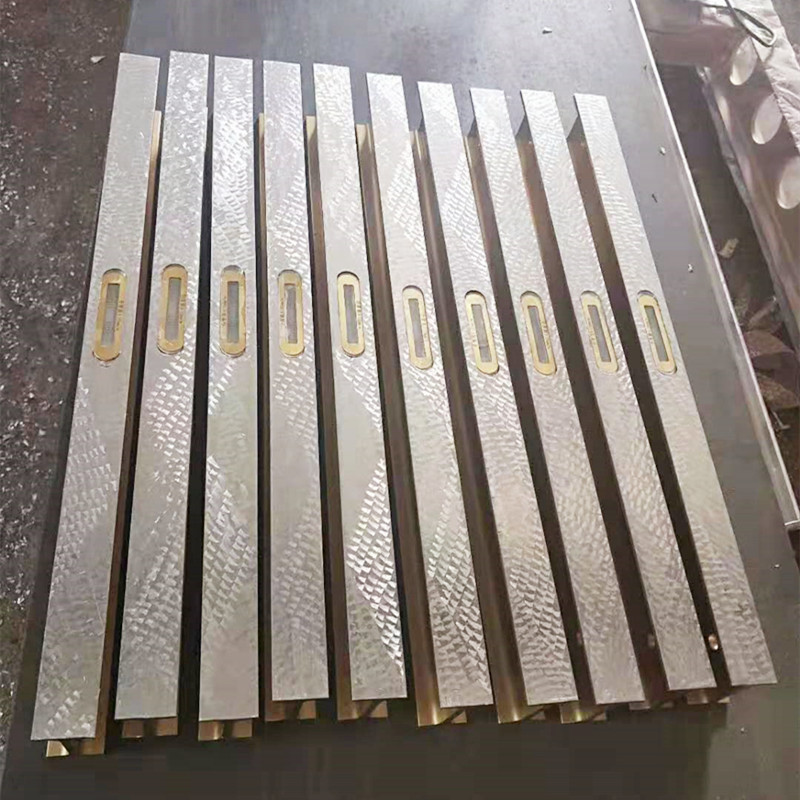Aug . 30, 2024 04:26 Back to list
Ground Anchor Fixings
Ground Anchor Fixings A Comprehensive Overview
Ground anchor fixings are vital components in various construction and civil engineering projects, providing stability and security to structures. They are designed to secure large structures, such as bridges, retaining walls, and buildings, to the ground, preventing movement caused by environmental forces like soil erosion, shifting soil, or seismic activities.
Ground anchors work by transferring loads from the structure into the ground. This is achieved through a system of cables or rods, which are embedded deep into the soil or rock. The anchorage can be tensioned to ensure that it holds the structure in place effectively. These fixings are essential in applications where traditional foundations may not be enough to manage loads, especially in areas where the soil conditions are poor, or the terrain is challenging.
The design and installation of ground anchor fixings require careful consideration. Engineers must analyze soil conditions, the expected loads, and environmental factors such as water table levels and potential seismic activity. This analysis ensures that the anchors are appropriately placed and suited to the specific requirements of the project.
ground anchor fixings

There are several types of ground anchor systems, including temporary and permanent anchors. Temporary anchors are often used in construction sites to support structures during the building phase, while permanent anchors are designed for long-term stability. Each type has its unique installation methods and materials, which must comply with relevant building codes and safety standards.
The materials used for ground anchor fixings vary, with steel being the most common due to its strength and durability. Additionally, some systems incorporate corrosion-resistant coatings to enhance longevity, especially in harsh environments. Modern advancements also allow for the use of high-strength synthetic fibers in certain applications, offering a lighter and more flexible alternative.
Furthermore, ground anchor fixings are increasingly integrated with monitoring systems that provide real-time data on their performance. This technology allows for ongoing assessment to ensure the stability of the anchored structure and to detect any potential issues early.
In conclusion, ground anchor fixings are indispensable in ensuring the safety and stability of numerous structures in civil engineering. Their proper design, installation, and monitoring are crucial to the success of a project, making them a critical aspect of modern construction practices. Whether for temporary support or permanent solutions, understanding the principles behind ground anchors can lead to safer and more resilient infrastructures.
-
Water Valve Gate Design Prevents Leakage and CorrosionNewsJul.11,2025
-
Steel Fab Table Features Reinforced Construction for LongevityNewsJul.11,2025
-
Specialized Valve Designs for High Pressure SystemsNewsJul.11,2025
-
Machinist Gauge Pins Feature Ground and Lapped FinishesNewsJul.11,2025
-
Hose Check Valve Prevents Backflow in Irrigation LinesNewsJul.11,2025
-
Durable Micrometer Tools Withstand Heavy Workshop UseNewsJul.11,2025
Related PRODUCTS









